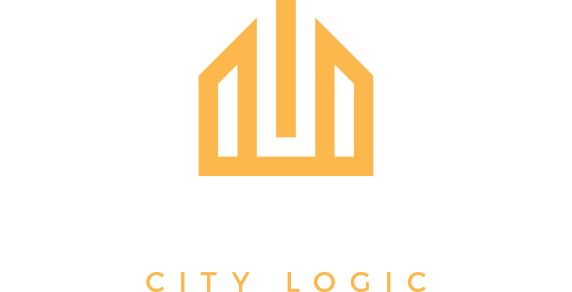This past weekend approximately 30 Brazilian real estate professionals traveled to Miami and attended a two-day New Urbanism seminar at the University of Miami. The seminar was hosted by the School of Architecture’s Real Estate Development and Urbanism program and DPZ. The attendees are part of ADIT Brasil– an association of real estate development professionals led by Felipe Cavalcante, ADIT president. The attendees had the opportunity to spend the weekend with some of Miami’s finest New Urbanists.
Andres Duany kicked-off the seminar by introducing traditional town planning principles and explained how they could be applied in Brazil, while still addressing many of the security and crime concerns that we in the United States do not have. Mr. Duany compared the growth of Brazil to that of the United States 50 years go when Americans first began experimenting with suburban sprawl; an experiment which many argue has failed. Mr. Duany went on to say that Brazil’s growth is unprecedented and that real estate professionals in attendance had the power to shape Brazil’s future development patterns. They could replicate America’s suburban sprawl or they could design vibrant, densely populated mixed-use towns that are less reliant on the automobile. The message was clear: don’t do as the United States has done-learn from our mistakes and build more vibrant communities.
Elizabeth Plater-Zyberk and Andres Duany then went on to speak about Coding Communities. The couple spoke about their experience planning the first New Urbanist community in Seaside, Florida nearly 30 years ago. The existing zoning code did not allow for the development of a mixed-use community. Fundamental to developing walkable, mixed-use communities is the need to have a smart zoning code in place that is guided by the principals of New Urbanism. Although not any easy task it is the backbone for smart growth.
Victor Dover, from Dover-Kohl & Partners, spoke about Sustainable Communities and the need to balance the environment within the context of each development. Galina Tachavia from DPZ acknowledged the security issues in Brazil and explained the need not to plan for today but for 30 years in the future. Gated communities in Brazil are a reality and will continue to be so for the foreseeable future until crime decreases. She suggested building hybrid gated communities which in the future could easily be disassembled if designed properly today. This presentation resonated well with the Brazilian real estate professionals because it acknowledged the realities of their country today.
Maria Eliza Mercer, also from DPZ, presented in her native Portuguese about master Planning in Brazil and cited several examples of projects which DPZ is collaborating with partners in Brazil.
Lastly Dr. Bohl, Program Director of the Real Estate Development and Urbanism Program at the University of Miami, spoke about Commercial Real Estate and Urban Retail. Dr. Bohl cited several examples of successful New Urbanist developments in the United States and how they could be applied in Brazil. He also touched upon the synergy that is created in mixed-use developments and how the different uses (residential, retail office and hotel) support one another and add value to projects in terms of higher lease rates when developed properly.
On Saturday evening the group was invited to the DPZ office for cocktails and appetizers. The feedback that I received from those in attendance was extremely positive. Hopefully the next generation of Brazilian developers won’t make the same suburban sprawl mistakes we made in the United States. Brazil is growing at a tremendous rate and hopefully this growth can be managed appropriately by utilizing the principles of New Urbanism to guide this growth.
Unfortunately, I did not attend the second day of the seminar, but the following topics were presented on Sunday:
- Affordable Housing & Building Smart, Marianne Cusato & Tom Capp
- Architecture, Sense of Place & the Town Architect, Steve Mouzon
- Designing Public Space, Andre Georogiadis
- Smart Engineering: Complete Streets and Light Imprint Rick Hall & Georgio Tachieve
The group then flew to Tallahassee for a two-day field trip to the following New Urbanist communities in Florida:
- Seaside
- Watercolor
- Alys Beach
- Rosemary Beach
- West Palm Beach (City Place
